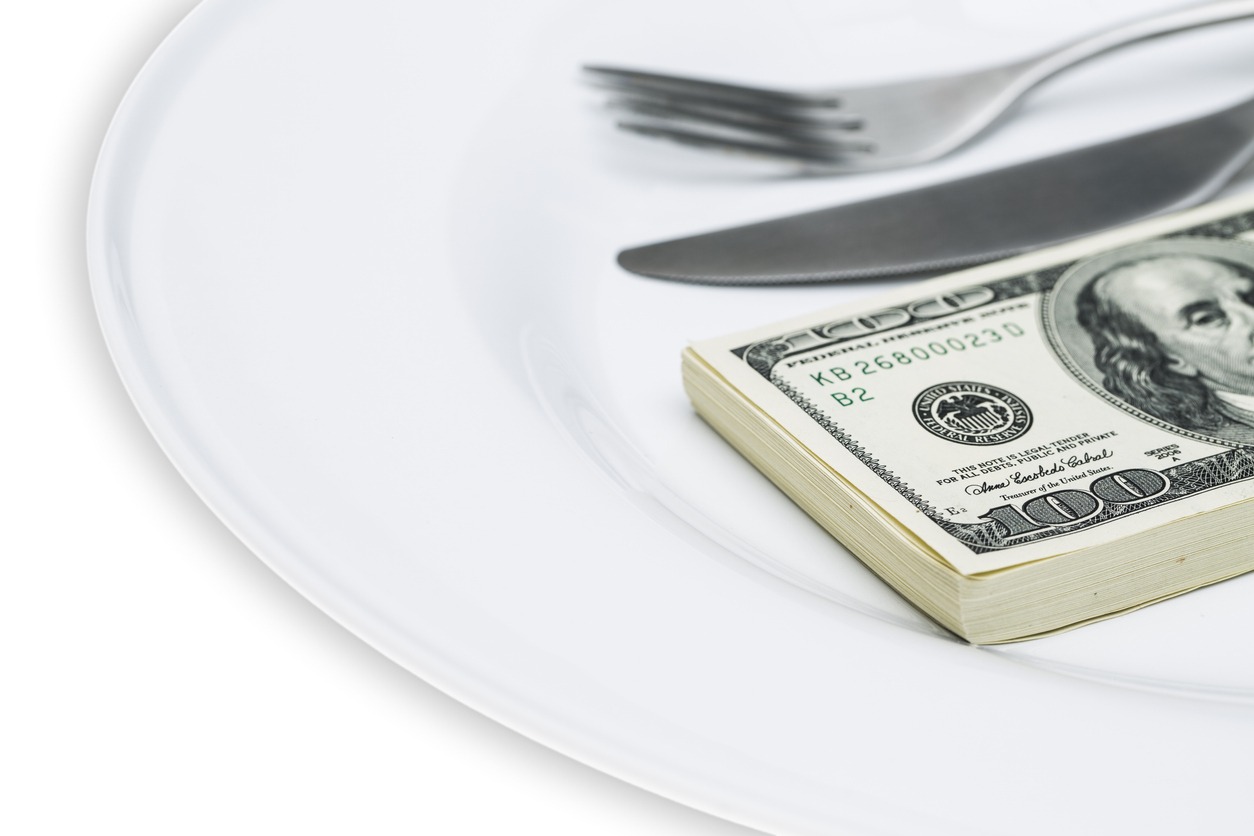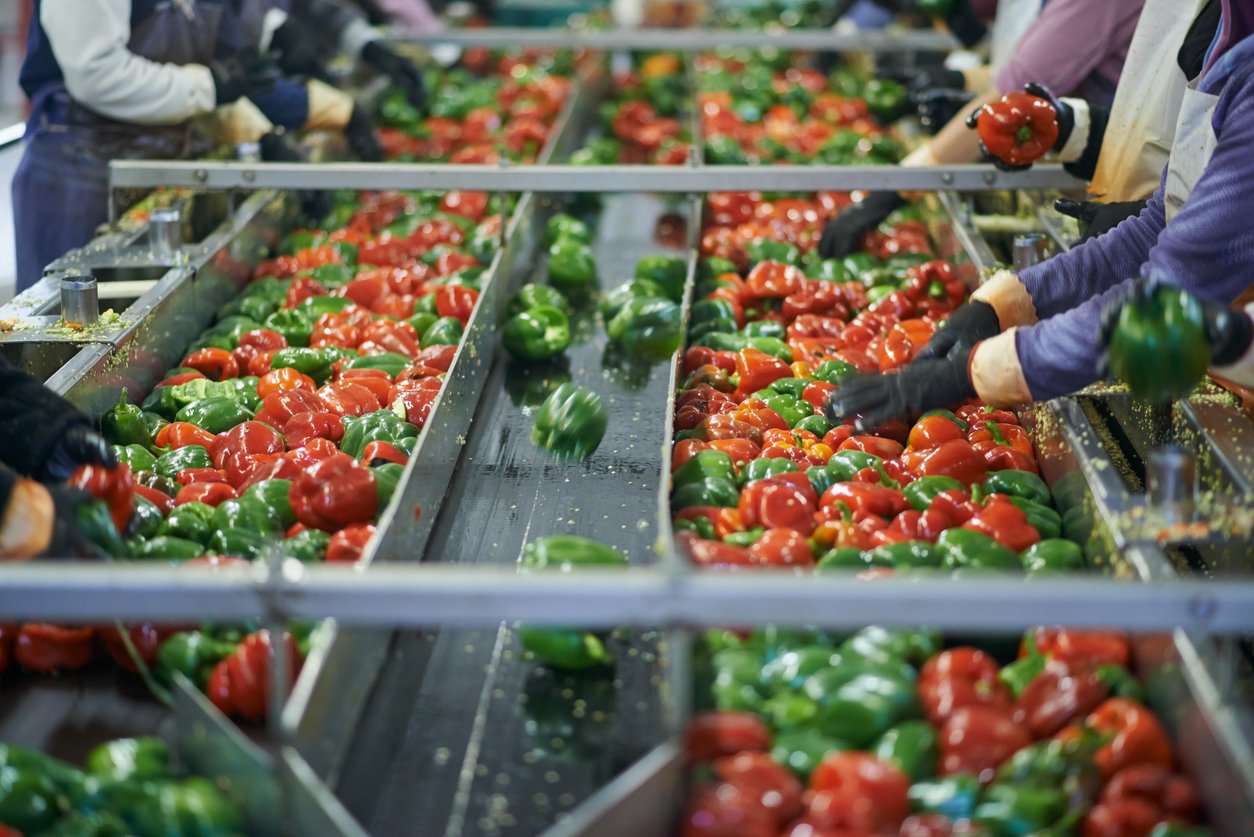They say that repeating the same action while expecting different results is proof of madness. So it is in the quality landscape—companies that don’t alter their quality management strategies will keep getting hit by product recalls time and again. Are any companies breaking the cycle in 2020?
The Second Edition of Stericycle’s 2020 Recall Index provides a window into quality metrics across industries for Q2 2020. During ordinary years, the report offers invaluable insight into the ways that companies operate within the regulatory compliance environment. This year, in particular, we’re able to see which industries are most resilient as the global pandemic ravages supply chains and forces facility closures around the world.
This report is particularly interesting as it provides us with data from the first full quarter in which the COVID-19 pandemic affected the United States. One of the top-line takeaways from the report is that while one sector—food and beverage—saw a marked decline in the overall number of recalls in their industry, other sectors held steady or even saw increases.
This decline in recalls isn’t due the any particular improvement in quality, however. Rather, the authors of the report point to the fact that the FDA has been constrained in its ability to regulate. With operations diminished, the agency is unable to conduct inspections and trace the origin of contaminated or nonconforming products—but researchers at Stericycle are predicting a spike in recalls once operations return to normal.
In addition, some other industries are seeing a pronounced increase in recalls. Again, this is not necessarily because of anything that companies are doing differently. There’s been a marked increase in recalls regarding the pharmaceutical and medtech industries, mostly due to the increase in scrutiny regarding facemasks and PPE. Medical device recalls increased by 31.2% in Q2 2020.
To summarize, the pandemic is not a get-out-of-jail-free card for industries. Companies still need to plan for recalls, and they still need to conduct each recall in an individualized manner. “While there are core activities that apply to every recall, executing every event the same way will get you into trouble,” according to the authors of the report. “That’s why it’s so important to learn from experience and from competitors, from our product categories and companies outside our industry.”
A Cross-Industry Breakdown of Quality Breakdowns
For the last few years, Stericycle has collected and collated product recall data across five product categories—Consumer Products, Pharmaceuticals, Medical Devices, Food and Beverage, and automotive. Although you can access the full report here, our summary provides some important top-line trends in each category that help companies understand the best ways to identify quality pain points and intercept quality issues before they result in recalls. Here are the highlights:
Consumer Products
- The average size of a Q1 consumer product recall was 30,000 units.
- 69% of units recalled came from the home appliance category, with an average of 155,000 units per recall in that category.
- Recall events in Q2 2020 were nearly 50% higher than in Q1 2019, when a government shutdown represented the nearest event comparable to a pandemic.
- The CPSC has already logged 120 recall events in H1 2020. At this rate, recall events are poised to remain precisely in line with last year’s figures—but July’s figures lead the authors to believe that recalls will keep increasing.
- Childproof packaging violations accounted for 25.9% of all recalls, continuing a Q1 trend. This was driven by a number of small essential oil product recalls, which also made personal care products a recall leader for the first time since record keeping began.
Pharmaceuticals
- Pharmaceutical recalls decreased to 67 events, a decrease of 28% from Q1. In addition, recalls affected just 17.5 million units, a decrease of nearly 66%. This is an expected result of the agency’s focus on COVID19.
- Failed specifications were the most common cause of recall once again, affecting nearly 24% of events.
- Meanwhile, 59% of units recalled contained foreign material, although this was due to an anomaly.
- Over 80% of recalls impacted products distributed nationwide, with just 3% affecting international products.
- 49 companies announced Q2 recalls. 16 of those companies announced more than one recall.
Medical Device
- Medical device recalls jumped to their highest level in two years, with events increasing by 31.2% to a total of 341 events.
- Average number of units per recall was 86,000.
- 29 million units were recalled in total, representing a 91.7% drop from Q1
- Safety issues overtook software issues for the first time in four years.
- Sterilization issues impacted 62.9% of all recalled units. This is due to a single spike in recalled syringes, affecting over 16 million units in total.
- Many recalls did not take place under the direct auspices of the FDA—several were led by the CDC and other agencies. This means that they don’t necessarily show up in the data.
Food and Beverage
- As mentioned, food and beverage recalls decreased dramatically in Q2, with just 79 events representing 7.9 million units on the FDA side.
- Undeclared allergens still top the list, comprising 43% of events and 86.8% of recalled units.
- One-third of units with undeclared allergens contained undeclared milk.
- Meanwhile, the USDA ordered just nine recalls, which represented 672,000 pounds of food—a staggering increase of 2,882% (no we didn’t misplace a decimal).
- Domestic fowl once again represented the top food category represented by recalls, accounting for over 44% of events and almost 74% of weight.
- Lastly, 69.6% of foodstuffs recalled by the USDA contained foreign material.
Automotive
- Equipment remains the top cause for NHTSA recalls, accounting for 16.7% of events. It has taken the top spot for 12 of the past 13 quarters.
- The majority of equipment recalls were taken up by latches, locks, and hinges, which represented 41.9% of units.
- Overall, recall activity remained steady within this sector. Automobiles experienced just a 3% increase in recalls during Q2.
- In addition, NHTSA recalls impacted just 9.5 million units. When added to Q1’s recall figures, however, the average 2020 recall is now almost 52% higher than last year.
- Automobiles made up 88.2% of Q2 2020 recalls
The Stericycle index is built on cumulative data, and the quarterly report tracks the data from a variety of sources that include but is not limited to the four primary federal agencies that are responsible for monitoring and (in some cases) initiating product recalls in the United States. Recall information from other countries or non-U.S. regulatory agencies is not included in this report.
Each of the four agencies – the Consumer Product Safety Commission (CPSC), the Food and Drug Administration (FDA), the Food Safety and Inspection Service (FSIS), and the National Highway Traffic Safety Administration (NHTSA) – produce recall announcements on a regular basis and every agency allocates its own criteria in terms of enforcement, incident reporting and the recall process itself.
The Pandemic Has an Uneven Effect on Industries
The one major takeaway from this quarter’s results is that businesses should prepare for audits, inspections, and recalls coming from any direction. The medical device field is a case-in-point. Although the industry underwent a major spike in recalls under the auspices of the FDA, the CDC and state-level agencies also contributed an enormous share of recalls that weren’t recorded in the official data.
What’s more, several of the largest medical device recalls weren’t even related to the pandemic—which brings us to another blind spot that companies often overlook. In effect, quality organizations tend to prepare for the most obvious problem in front of them—in this case pandemic preparedness—while failing to account for more systemic issues.
For example, even though the automotive industry was largely able to avoid substantial shocks to the system due to COVID-19, its recall rate still managed to increase—and the size of the average recall increased markedly. Equipment recalls also remained the top cause of recalls overall. What we can take from this is that the automotive sector is facing the same problems quarter after quarter—which means that it needs to redouble its quality focus.
Finally, the authors of the Stericycle study make an excellent point—that customer loyalty is more malleable than ever. Due to supply chain shortages, customers have been hopping between brands—if one brand isn’t available, many consumers would rather purchase from another one as opposed to deferring the purchase. This goes double for necessities such as hand sanitizer, toilet paper, and bulk foods. Under normal circumstances, a customer might revert to their usual brand once it’s back in stock—but any product recall is likely to be destabilizing. Make the right choices, keep your eyes on both the pandemic and your strategic concerns, and retain your customer loyalty.
ETQ believes that quality does not discriminate between industry sectors and company size. With over 25 years of experience behind us, the company mantra that quality creates limitless possibilities has allowed companies to optimize the critical processes that drive excellence and create a culture of quality. Our ETQ Reliance® QMS SaaS features built-in best practices and best-in-class flexibility, agility and usability. To find how ETQ can help deliver leading quality management to minimize recall exposure, please get in touch with one of our QMS experts.


